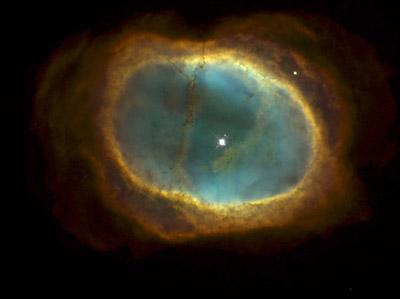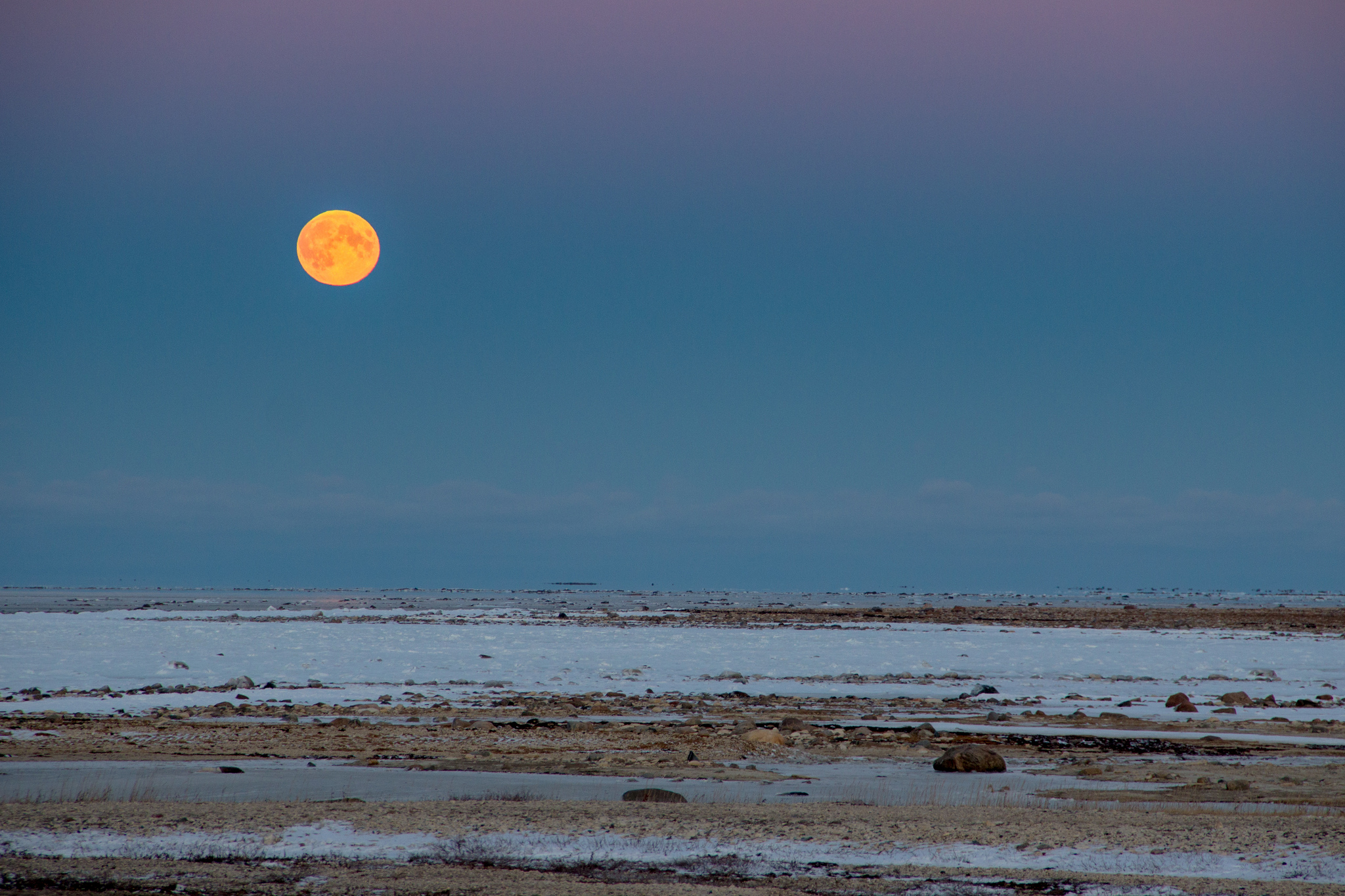An eclipse occurs when two celestial bodies are aligned so that one blocks the sun’s light from reaching the other. While eclipses can take place on different planets like Jupiter and Neptune, on Earth most eclipses are either solar or lunar eclipses. During a solar eclipse, the moon is positioned between the Earth and the sun, casting a shadow on a portion of the Earth. During a lunar eclipse, the opposite occurs, and the Earth blocks the sun’s light from reaching the moon.
Lunar eclipses can be observed with the naked eye. However, looking directly at the sun during a solar eclipse can cause permanent eye damage. Proper eye protection is required to safely observe a solar eclipse.
Solar Eclipses
Solar eclipses are amongst the most anticipated astronomical events. During a solar eclipse, the moon is aligned between the Earth and the sun, casting a shadow across a portion of the Earth. Solar eclipses only occur when the moon is in the new moon phase and at one of its two orbital nodes. This type of eclipse can cast different types of shadows. The umbral shadow is the shadow’s dark centre, from which the sun is not visible. The penumbral shadow is the weaker outer part of the shadow, from which the sun is only partially blocked. The antumbral shadow is like the penumbra, but the sun appears larger than the moon, which is seen in complete silhouette. There are four types of solar eclipses: total, partial, annular and hybrid.

Total Solar Eclipse
Total solar eclipses are characterized by the moon’s umbral shadow traversing the Earth. For a total solar eclipse to occur, the moon must be in the new moon phase and close enough to Earth to cover the sun completely. During a total solar eclipse, the part of the Earth fully shaded by the moon is known as the path of totality. This band of shadows is typically between 100 and 115 kilometres wide, and any given location along the path of totality will experience a total eclipse for two to three minutes. While within this path of totality, observers will be able to see the sun’s corona around the moon's edges. Total solar eclipses are amongst the rarest types of eclipses. For example, the last times one passed over Quebec were in 1972 and 2024, and the next total solar eclipse that will take place over Quebec will be in 2106.
Did you know?
On 14 March 2024, Canada Post issued a new commemorative stamp to celebrate the total solar eclipse of 8 April 2024. The solar eclipse’s path of totality passed over some of the most populated cities of Mexico, the United States and Canada.
Partial Solar Eclipse
Partial solar eclipses are characterized by an imperfect alignment between the sun, moon and Earth. This alignment causes the moon to cover part of the sun, stopping some of the sun’s rays from reaching the Earth. Consequently, the moon’s penumbral shadow traverses the Earth, while the umbral shadow completely misses the Earth.
Annular Solar Eclipse
Annular solar eclipses greatly resemble total solar eclipses. These eclipses occur when the moon is farther from Earth and cannot entirely block out the sun, even when passing directly in front of the sun. This results in a ring of sunlight remaining visible during the eclipse. Thus, the moon’s antumbral shadow traverses the Earth, but the moon is too far from Earth to cover the sun completely.
Hybrid Solar Eclipse
Hybrid solar eclipses are occasionally also known as annular total eclipses. During this type of eclipse, the moon’s umbral and antumbral shadows traverse the Earth, making the eclipse appear annular or total at different locations along its path.
Lunar Eclipses
Lunar eclipses are more common than solar eclipses. They occur when the Earth is in between the sun and the moon. This results in the Earth blocking the moon from receiving light from the sun. Given that the moon typically reflects much of the sunlight it receives from the sun back at the Earth, lunar eclipses are often characterized by the moon appearing red in the sky. This is because the only light reaching the moon during a lunar eclipse is sunlight passing through the Earth’s atmosphere. The Earth’s atmosphere tends to scatter the sunlight, allowing red light, which has a longer wavelength, to reach the moon and be reflected toward the Earth.

Total Lunar Eclipse
Total lunar eclipses occur when the Earth is positioned in between the sun and the moon, completely blocking direct sunlight from reaching the moon.
Partial Lunar Eclipse
Partial lunar eclipses, like partial solar eclipses, occur when the alignment between the sun, Earth and moon is imperfect. This results in some direct sunlight continuing to reach the moon.
Past and Future Solar Eclipses in Canada
|
Date |
Type |
Provinces |
|
24 January 1925 |
Total |
|
|
28 April 1930 |
Hybrid |
Saskatchewan, Manitoba, Ontario, Quebec, Newfoundland and Labrador |
|
31 August 1932 |
Total |
Nunavut, Quebec |
|
19 April 1939 |
Annular |
|
|
4 February 1943 |
Total |
Yukon |
|
9 July 1945 |
Total |
Saskatchewan, Manitoba, Quebec |
|
30 June 1954 |
Total |
Ontario, Quebec, Newfoundland and Labrador |
|
20 July 1963 |
Total |
Yukon, Northwestern Territories, Saskatchewan, Manitoba, Ontario, Quebec |
|
7 March 1970 |
Total |
Newfoundland and Labrador, New Brunswick, PEI, Nova Scotia |
|
10 July 1972 |
Total |
Yukon, Northwestern Territories, Nunavut, Quebec, New Brunswick, PEI, Nova Scotia |
|
26 February 1979 |
Total |
Saskatchewan, Manitoba, Ontario, Quebec, Nunavut |
|
10 May 1994 |
Annular |
Ontario, New Brunswick, Nova Scotia, |
|
1 August 2008 |
Total |
Nunavut |
|
10 June 2021 |
Annular |
Ontario, Quebec, Nunavut |
|
8 April 2024 |
Total |
Ontario, Quebec, New Brunswick, PEI, Nova Scotia, Newfoundland and Labrador |
|
21 June 2039 |
Annular |
Yukon, Northwest Territories, Nunavut |
|
23 August 2044 |
Total |
British Columbia, Alberta, Saskatchewan, Yukon, Northwest Territories, Nunavut |
|
11 June 2048 |
Annular |
Ontario, Quebec, Newfoundland and Labrador |
|
1 July 2057 |
Annular |
Yukon, Northwest Territories, Alberta, Saskatchewan, Manitoba, Ontario, Quebec |
|
22 June 2066 |
Annular |
Yukon, Northwest Territories, Nunavut, Quebec, Newfoundland and Labrador |
|
1 May 2079 |
Total |
New Brunswick, Nova Scotia, PEI, Quebec, Newfoundland and Labrador, Nunavut |
|
3 July 2084 |
Annular |
Yukon, British Columbia |
|
23 September 2090 |
Total |
Nunavut |
|
23 July 2093 |
Annular |
Ontario, Quebec, New Brunswick, PEI, Newfoundland and Labrador |
|
14 September 2099 |
Total |
British Columbia, Alberta, Saskatchewan |
|
15 July 2102 |
Annular |
Nunavut |
|
3 May 2106 |
Total |
Ontario, Quebec, New Brunswick, PEI, Nova Scotia, Newfoundland and Labrador |
|
4 August 2111 |
Partial |
British Columbia, Alberta, Saskatchewan |
|
24 May 2115 |
Total |
Northwest Territories, Nunavut |
Several other solar eclipses have occurred in North America whose paths of totality have missed Canada, occasionally resulting in partial eclipses visible from Canada.
Did you know?
French missionaries recorded sightings of eclipses over Canada as far back as 1618. Jesuit missionaries recorded an eclipse in 1632 (see also Astronomy).
Hazards
Looking directly at the sun during a solar eclipse can cause partial or complete loss of eyesight. It is crucial to wear appropriate eye protection when observing a solar eclipse. Sunglasses are not sufficient protection. Solar eclipse viewers that meet the international standard are the only way to protect eyes. Camera and phone lenses can also be damaged by solar eclipses.

 Share on Facebook
Share on Facebook Share on X
Share on X Share by Email
Share by Email Share on Google Classroom
Share on Google Classroom



